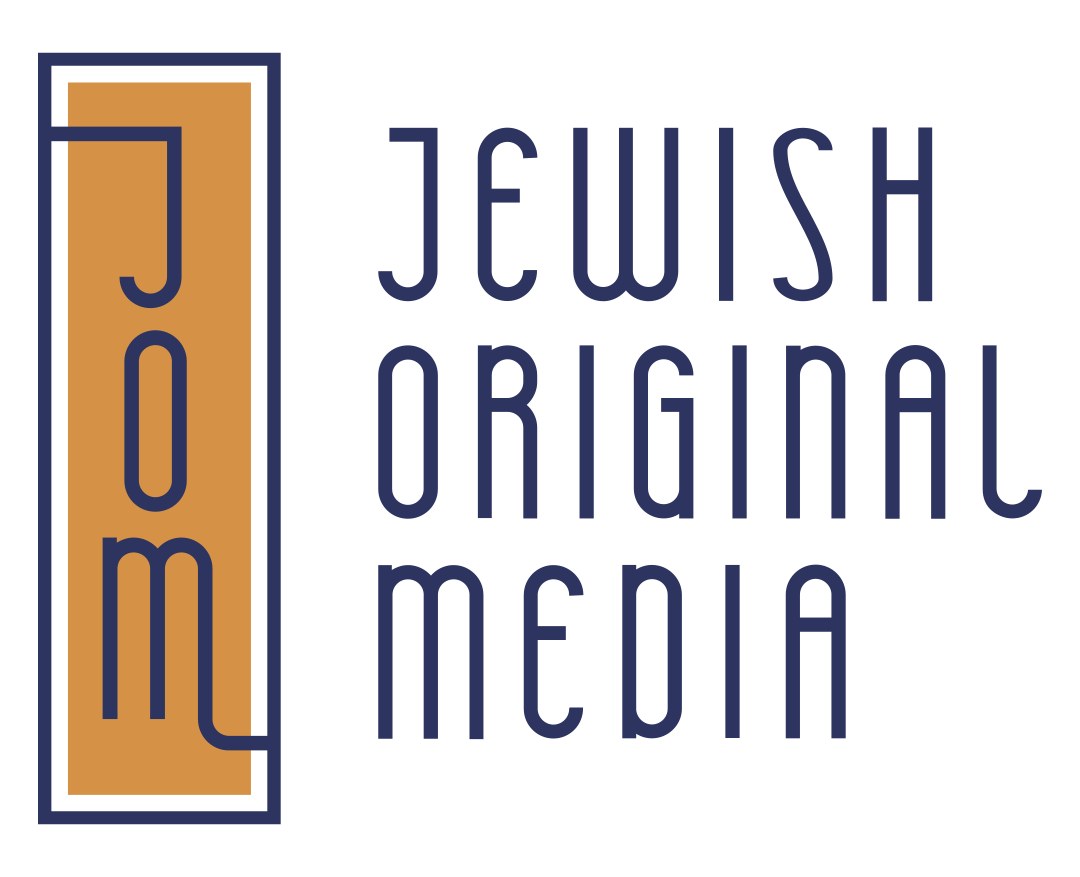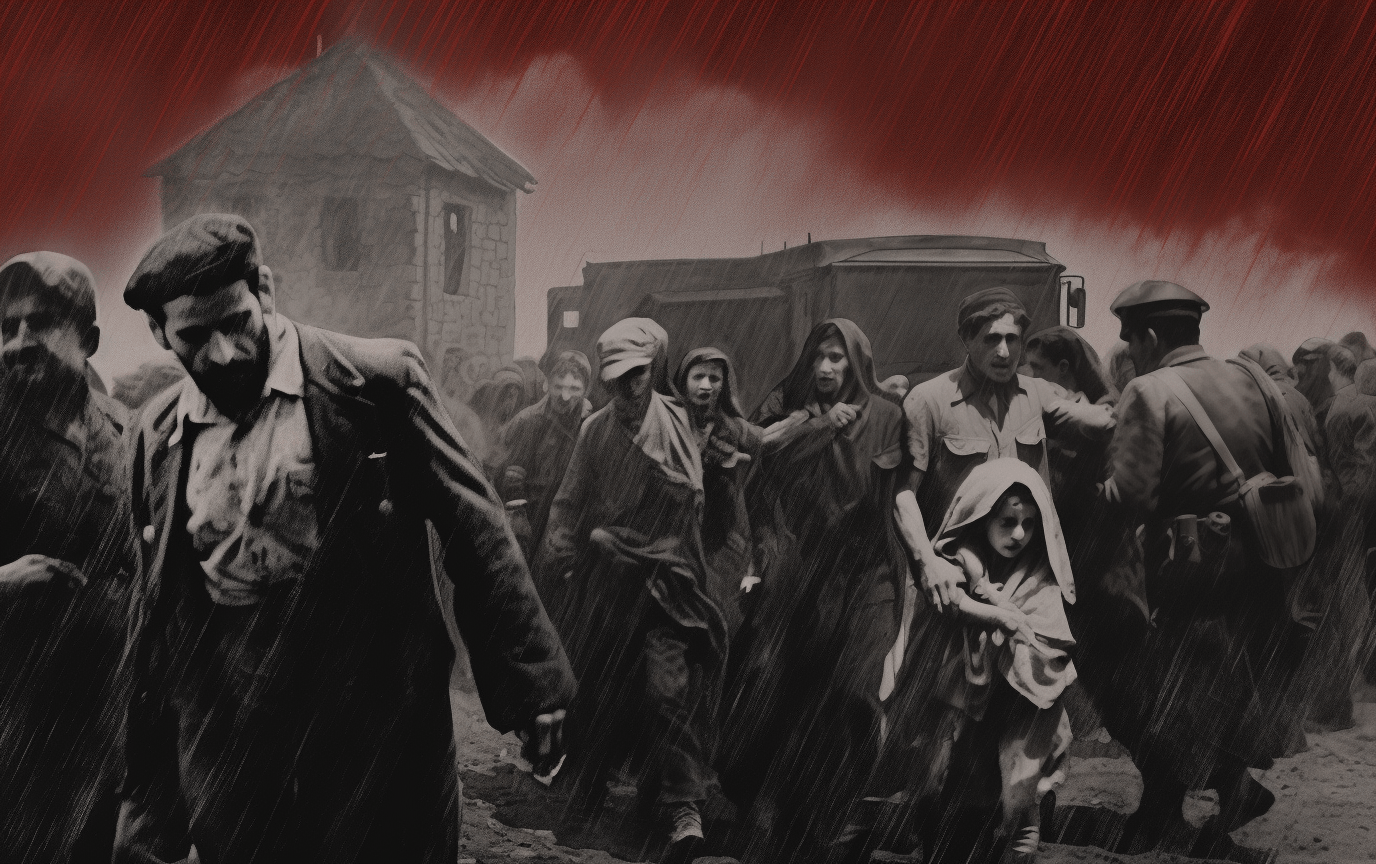Memorializing the Day: July 4th, 1946
In the annals of Jewish history, the Kielce Pogrom 1946 stands as a stark reminder of the deep-seated anti-Jewish sentiment in post-war Poland. This incident led to the brutal murder of at least 42 Jews and left over 40 injured, as a mob of Polish soldiers, police officers, and civilians were swept up in a wave of violent anti-Semitism.
The Trigger of Blood Libel
The Kielce Pogrom was sparked by a recurrence of the age-old blood libel. Polish crowds, spurred by unfounded accusations, launched violent attacks on Jewish Holocaust survivors and the local Jewish Committee that was sheltering up to 180 Jews at the time.
Return to a Ravaged Homeland
With the Holocaust’s horrifying conclusion, the Jewish presence was virtually erased from Kielce and its surrounding regions. The post-war period saw some Jewish survivors return, seeking remnants of their former lives, family, or friends. By the summer of 1946, about 200 Jews, emerging from Nazi camps or the Soviet Union, had returned to Kielce.
A Fabricated Kidnapping and its Catastrophic Consequences
The Kielce Pogrom 1946 was ignited by a misleading report of a young boy’s kidnapping, allegedly by a Jew. It later emerged that the boy was merely staying with a friend and the accusation was a fabrication. This accusation, however, set off a deadly chain reaction.
The Massacre at the Jewish Committee Building
False rumors that Jews were abducting and murdering Polish children spread through Kielce. A frenzied mob, including police officers, attacked the Jewish committee building housing around 180 Jews, leading to a massacre. The violence spread across the city, resulting in the death of 42 Jews and injuries to 40 others by day’s end.
The Exodus Post Pogrom
The Kielce Pogrom 1946 had profound implications for Poland’s remaining Jewish population, prompting many to depart. The pogrom effectively reversed a trend of Jewish refugees returning to Poland, with an exodus of approximately 60,000 Jews in the aftermath.
Resources:
2. United States Holocaust Memorial Museum Entry
3. Columbia University’s European Civilization as the Source of the Holocaust Article


